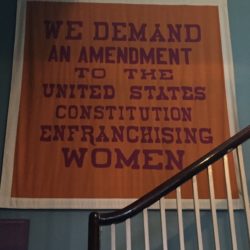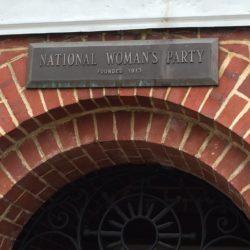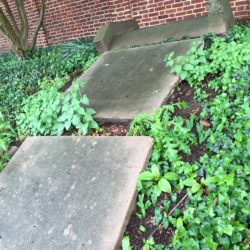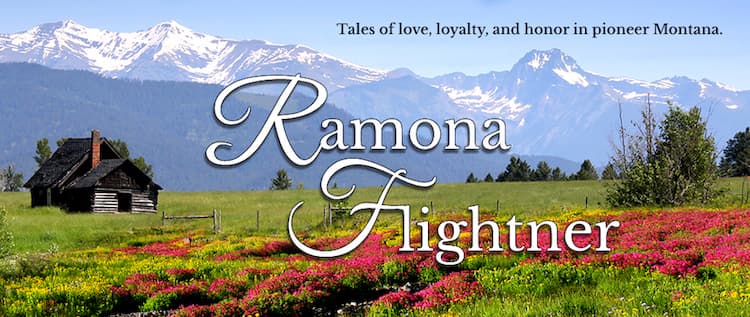
On November 14, 1917, the suffragists picketing outside the White House, forming part of the Silent Sentinel brigade, were arrested and sent to the Occoquan Work House in Virginia. That evening became known as the “Night Of Terror” among the suffragists working with Alice Paul and the National Women's Party (NWP). According to many accounts, after their arrival at Occoquan, the women were grabbed, dragged, choked, and beaten as they were brought to their cells. Lucy Burns had her arms manacled in handcuffs over her head the entire night, one woman was knocked unconscious, and another suffered a heart attack. If you've read Resilient Love, you've read about the treatment the women experienced when they were arrested for peacefully picketing in front of the White House.
During their weeks-long imprisonment, many of the suffragists joined a hunger strike. These women were separated from their fellow suffragists and placed in solitary confinement. Guards attempted to entice them to eat by cooking foods such as bacon around the clock, hoping the scent of cooking food would cause them to break their strike. Many of the women on hunger strike suffered forced feedings.
A few weeks after they were imprisoned, the women were released from jail, as many were concerned that previously healthy women were on the verge of death. After their release, President Wilson made a formal announcement in January of 1918 in favor of universal enfranchisement, and many credited his change of position to the work of the Silent Sentinels.
While researching the suffrage movement, I traveled to Washington, D.C. Outside the Belmont-Paul Women's Equality National Monument, the historic home of the NWP, there are the only remaining concrete steps from the Occoquan Work House. Below are a few photos I took outside the Women's Equality National Monument.


When I had finished my research, and it was time to write, I found these to be the hardest scenes I have ever written. Delving into the treatment my characters suffered was a challenge, and describing what they experienced was extremely difficult. I had to rewrite those scenes numerous times, adding layers of details as I slowly built in the descriptions of what occurred.
For those of you who find the treatment of the women unimaginable, this really did happen in the U.S. 100 years ago and it was for something as fundamental as asking for the right to vote. A book I have loved reading for research is: A Woman's Crusade: Alice Paul and the Battle for the Ballot by Mary Walton. Chapter sixteen is about the Night Of Terror.
As I did my research, I marveled at the strength of conviction of the women who were Silent Sentinels, and their determination to their cause. And I give thanks, every day, for what they did to ensure I have the right to vote.









